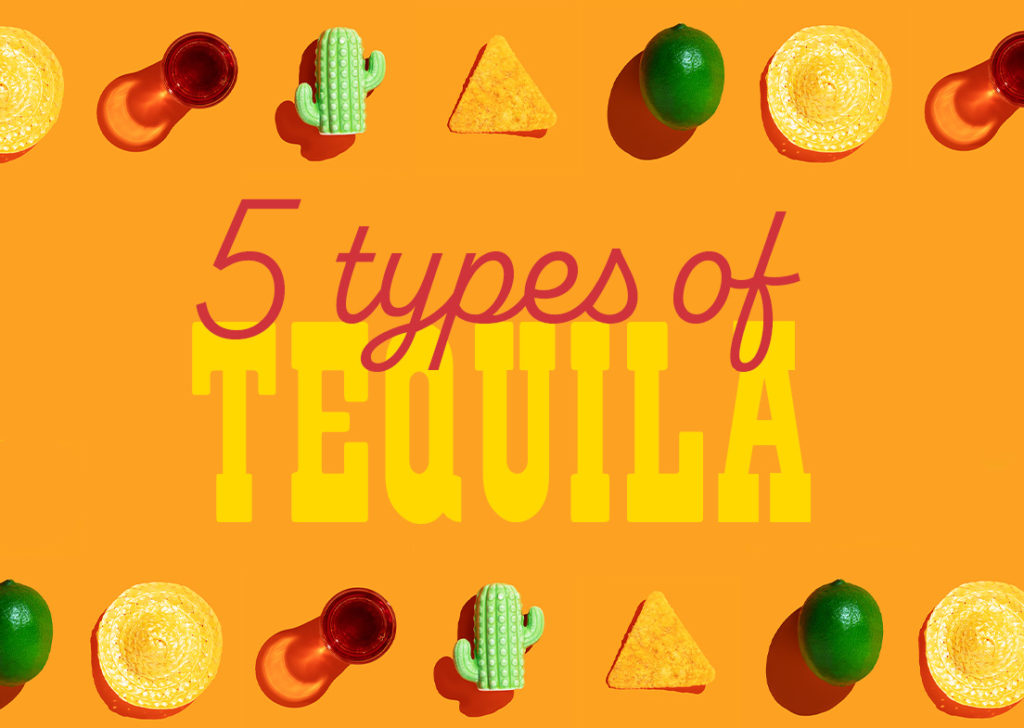Tequila is one of the most beloved spirits in the world. Whether you’re sipping it straight, mixing a margarita, or enjoying it with some lime and salt, there’s no denying that the tequila we enjoy is only getting bigger and better. So grab a glass, put on your sombrero, and let’s dive into the world of tequila!
Let’s keep it simple
Tequila’s history dates back to 16th century Mexico. The drink was first produced by the Aztecs, who fermented the sap of the agave plant and called it “pulque.” Later, when the Spanish arrived in Mexico, they introduced distillation techniques, which led to the creation of what we now know as tequila.
The town of Tequila, located in the state of Jalisco, became the epicenter of tequila production, and the drink gained popularity throughout Mexico and beyond. Much like Champagne’s strict geographic standards, tequila can only be produced within five Mexican states—Jalisco, Guanajuato, Michoacán, Nayarit, and Tamaulipas—and must include a minimum of 51 percent blue agave (but ideally 100 percent) to formally be considered tequila.
Five types of tequila
Blanco (silver): This is the purest form of tequila, bottled immediately after the distillation process without any aging in oak barrels. Blanco tequila has a strong, pure agave taste and is usually quite herbal and mineral, making it perfect for mixing into cocktails like margaritas or palomas.
Reposado (aged): Reposado tequila is aged in oak barrels for anywhere from two to twelve months. This aging process gives the tequila a smoother, more complex flavor that is still light, with notes of vanilla and caramel. It’s a great choice for sipping on its own or mixing into cocktails and tends to be many bartenders’ favorite.
Añejo (extra-aged): Añejo tequila is aged in oak barrels for at least one year, giving it a deeper, richer flavor profile with notes of honey and vanilla. This type of tequila should be enjoyed neat or on the rocks, as the complex flavors are best on their own and will be lost with other mixers. It can also be used in place of whiskey in cocktails such as an Old Fashioned.
Extra añejo (ultra-aged): Extra añejo tequila is aged in oak barrels for at least three years and sometimes up to ten years or more. This type of tequila is often considered the luxury variety and has a rich, dark color and a smooth, velvety texture with oak-forward, more intense notes than its siblings. It’s typically reserved for sipping straight.
Cristalino (filtered-aged): Cristalino tequila is a relatively new type that has recently gained popularity and is currently the fastest-growing category in Mexico. It is an añejo tequila filtered with activated charcoal to remove the color but keep the flavors from the barrel-aging process. It’s a good choice for those who enjoy sipping tequila but find the traditional añejo too strong or are looking to add something new to their usual rotation.
There has been a growing trend of sipping tequila straight rather than mixing it into cocktails in recent years. This can be partially attributed to the increased interest in the quality and authenticity of what we consume. Many people are now seeking out high-quality, artisanal tequilas that are made using traditional methods and pure, natural ingredients. With quality continuously improving, sipping tequila straight allows people to fully appreciate these premium spirits’ complex flavors and aromas.
Not to mention, there may even be a few health benefits. The agave plant is rich in natural sugars and antioxidants. Some studies have even suggested that tequila can help lower blood sugar levels and aid digestion due to its natural probiotics (pure 100% agave only, though).
Come visit us at New Hampshire Liquor & Wine Outlet for a personal tour through the world of tequila and to find all of your favorite brands.

